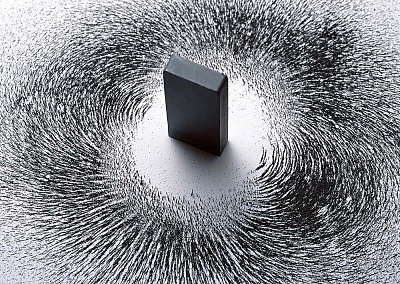An anechoic chamber prevents sound, radio signals, and electromagnetic waves from echoing in a room. Anechoic chambers often test antennas, measure the direction of sound, or record music. Anechoic chambers are found all over the world, especially in universities, and can be as large as an aircraft or as small as a car. Full-anechoic chambers that are measured at less than 0 DBA are completely silent as they absorb more sound than humans can hear. In fact, an anechoic chamber at the University of Salford in Greater Manchester, England is measured at -12.4 DBA, making it the quietest place on Earth.
How Anechoic Chambers Work
Anechoic chambers are completely covered in highly absorbent materials in order to block all incoming and outgoing acoustic and electromagnetic radiation. Semi-anechoic chambers have walls that are covered with pyramids made of rubberized foam and a floor that is dampened and laid on top of layers of foam or other absorbent materials in order to allow heavy objects to have a strong base to sit on without transferring noise outside of the chamber. Full-anechoic chambers block noise radiation in all directions and its walls are built like semi-anechoic chambers’ walls, but its floors are made of mesh on top of absorbent tiles. Both semi and full-anechoic chambers are encased in a screened room to prevent electromagnetic waves from escaping or entering.
Applications
Anechoic chambers measure electronic equipment that radiate acoustic or electromagnetic waves. This includes aircraft navigation equipment, wireless devices, antennas, speakers, etc. Anechoic chambers are used in the music industry, for instance, to eliminate all noises that are not supposed to be recorded.
Advantages
Anechoic chambers block audible noises by forcing the acoustic waves to bounce upon impacting the pyramidal foam, causing the waves to lose energy with each bounce. They also block electromagnetic waves, which include radio waves, with the assistance of an exterior screened room or ferrite walls.
Disadvantages
In order for an anechoic chamber to work properly, the room’s entire interior must be covered in Radiation Absorbent Material or RAM. While this material can be temporarily removed in order to setup a test, all pieces that were removed must be replaced before the test begins.




Follow Us!